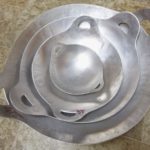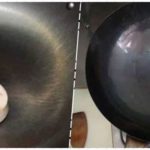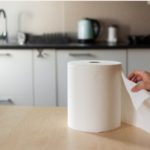Cooking requires taking precautions to avoid burnt pots and pans. Not only is it time-consuming and difficult to clean, but it also affects the taste of the food. To prevent this issue, here are 10 helpful tips that will allow you to confidently use your pots and pans without worrying about burning your food. Let’s explore them together!
1 Choose high-quality pots and pans
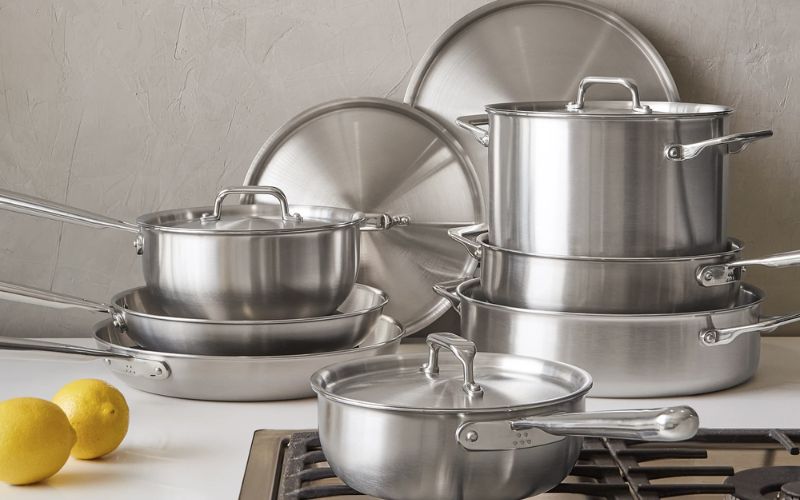 High-quality pots and pans
High-quality pots and pans
Invest in durable pots and pans made from high-quality materials. Avoid low-quality options with Teflon coatings that can deteriorate over time and pose health risks. Look for pots and pans with a suitable enamel layer that helps minimize burn marks during cooking.
2 Opt for non-stick pans
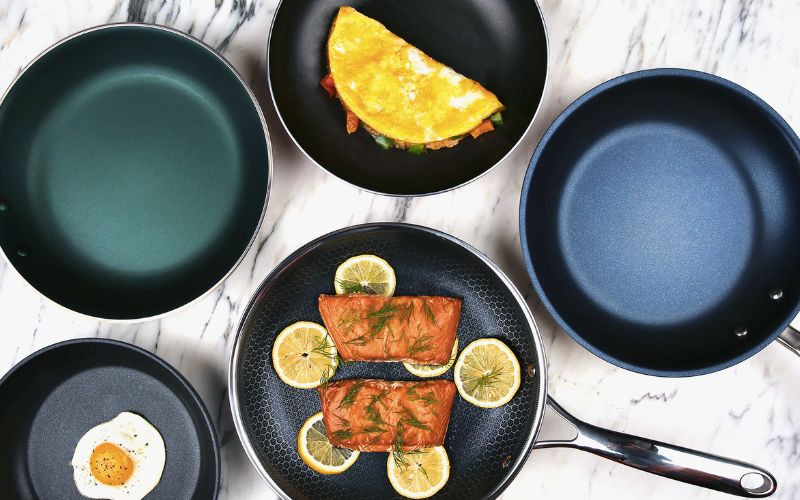 Non-stick pans
Non-stick pans
Choose non-stick pans with coatings that prevent food from sticking and burning. This ensures that your meals are cooked without any spoilage or loss of flavor. Additionally, non-stick pans reduce the need for excessive oil, promoting healthier cooking.
3 Keep the stove surface clean
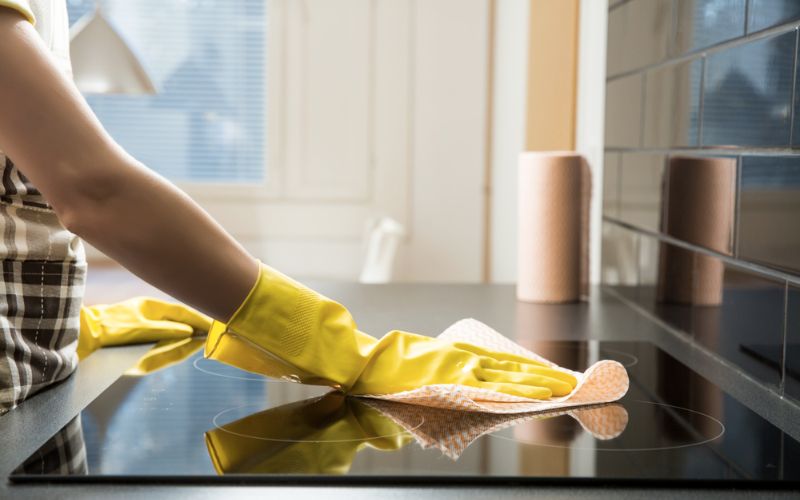 Clean stove surface
Clean stove surface
Regularly clean the grease and sauce stains that accumulate on the stove surface after cooking. If left uncleaned, these stains can easily burn when exposed to high temperatures, leaving burn marks on the bottom of your pots and pans. Keeping the stove surface clean, especially gas stoves, ensures a more comfortable and safe cooking experience.
4 Ensure clean pots or pans before use
 Clean pots or pans before use
Clean pots or pans before use
Before using, make sure to thoroughly clean the pot or pan. Any leftover food stuck at the bottom or in crevices can lead to burnt food. Consider using a non-stick pan with an additional ceramic layer on the exterior for easy cleaning.
5 Apply animal fat to regular pans
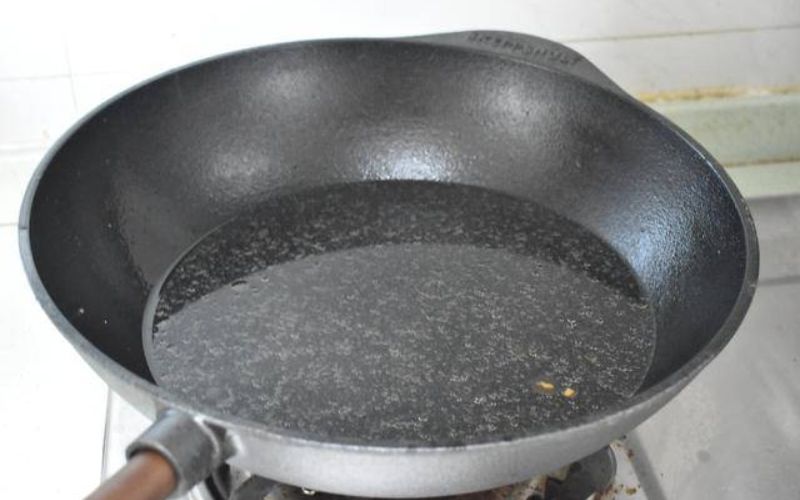 Use animal fat for regular pans
Use animal fat for regular pans
Regular pans can benefit from applying lard or bacon fat to create a non-stick layer. Preheat the pan in the oven at 121 degrees Celsius for 15 minutes, then remove it and evenly spread a layer of liquid fat on the surface. Place the pan back in the oven for approximately 2 hours. Repeat this process 1-2 more times, ensuring that the non-stick layer fully permeates the pan’s small holes. This will allow you to stir-fry without the fear of burning.
6 Preheat the oil in the pan
 Preheat the oil in the pan
Preheat the oil in the pan
Prior to frying, preheat the oil in the pan on low to medium heat. Use a small amount of lard or cooking oil to lightly coat the pan and create a perfect non-stick layer. This method helps prevent burn marks during the cooking process.
7 Adjust the cooking temperature appropriately
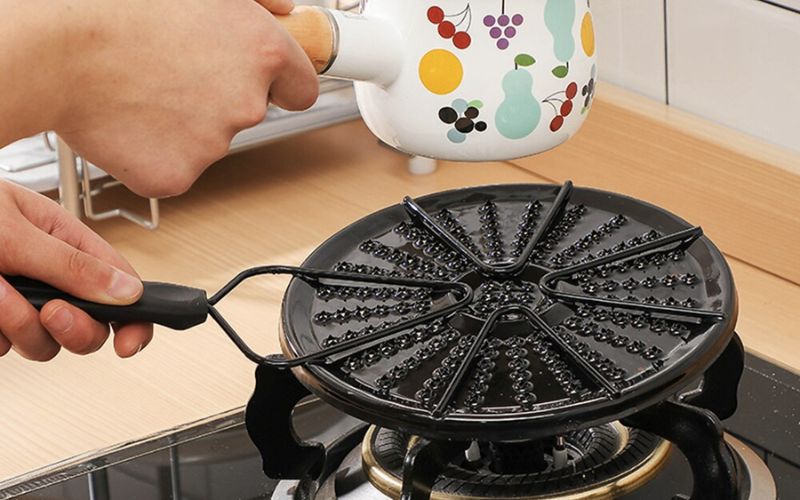 Adjust the cooking temperature appropriately
Adjust the cooking temperature appropriately
When cooking sauces that contain ingredients like soy sauce, sugar, and spices, simmer them at an appropriate temperature to avoid burning. The heat should be adjusted accordingly for optimal cooking. Consider using a heat diffuser to easily fine-tune the temperature from low to medium.
8 Stir frequently while cooking
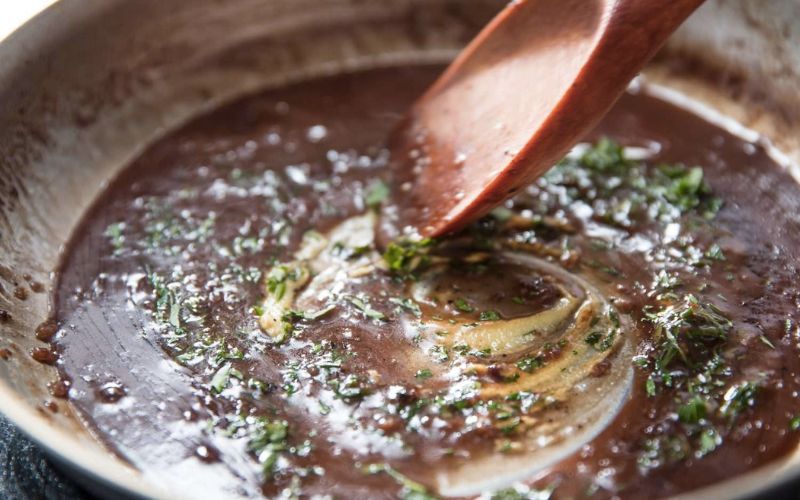 Stir frequently while cooking
Stir frequently while cooking
Continuously stir sauces while cooking, ensuring they are evenly heated. Allowing the food to sit for too long without stirring can lead to burning and a loss of flavor.
9 Rotate the pot or pan
 Rotate the pot or pan
Rotate the pot or pan
While cooking, rotate the pot or pan to distribute heat evenly and prevent burn marks. This action ensures that high temperatures are not concentrated in one spot for too long. Make sure to rotate the pan on the stove based on the flame’s temperature.
10 Handle burnt food
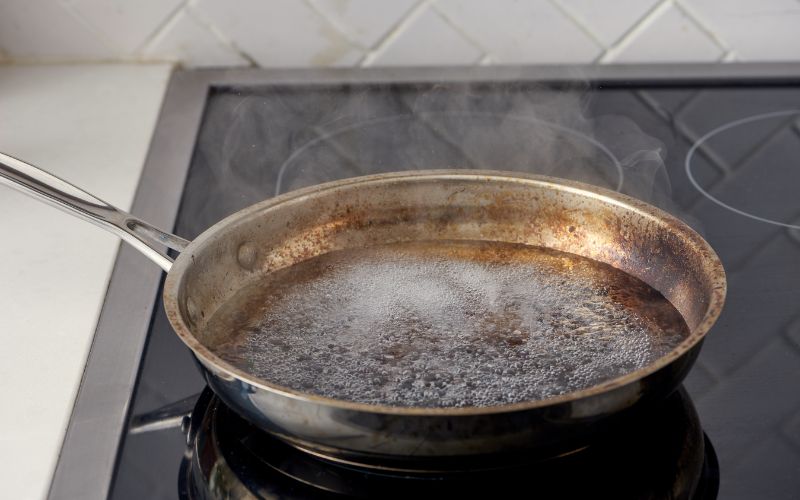 Handle burnt food
Handle burnt food
If food becomes burnt, it is important to deal with it quickly without affecting other dishes. Remove the pot or pan from the stove and add a cup of cold water. Place it back on the stove and simmer on medium heat. Gently scrape off the burnt marks using a utensil, being careful not to damage the pan.
We have shared these 10 tips to prevent pots and pans from burning while cooking. Please refer to them and choose the ones that suit your needs. Thank you for following!
Tips for Preventing Food from Sticking to Stainless Steel Cookware
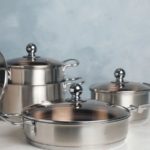 Cookware‘>
Cookware‘>Are you struggling to keep your stainless steel pots and pans looking spotless despite stubborn residues from spices and ingredients used in cooking? If so, fear not — there are simple methods you can use to reduce buildup and restore your kitchenware to a pristine state.
























